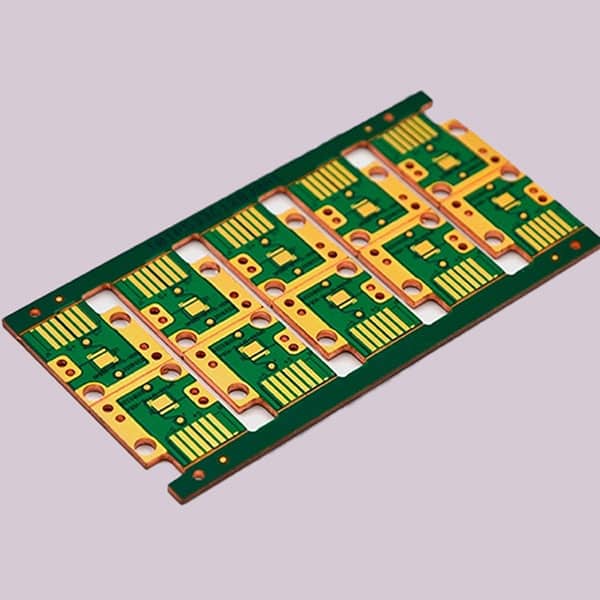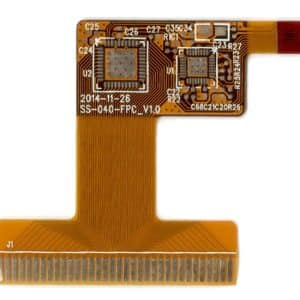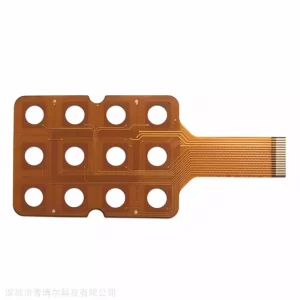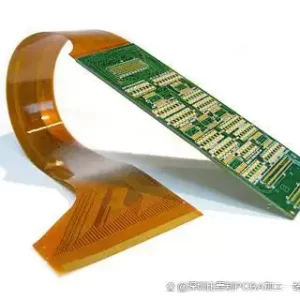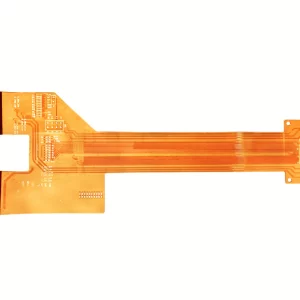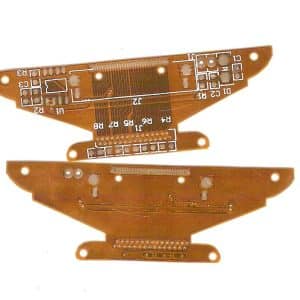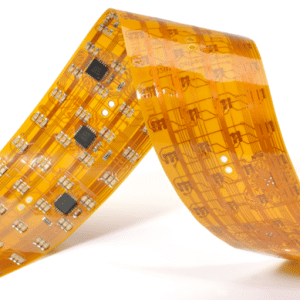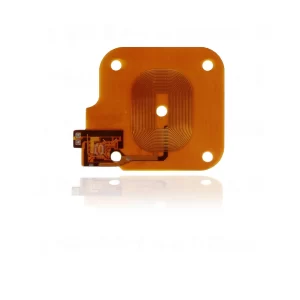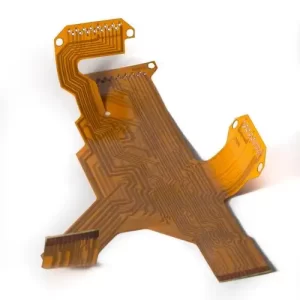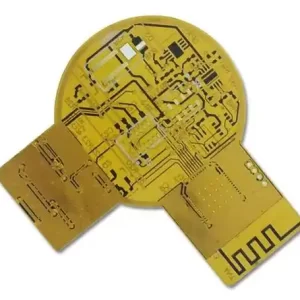Flexible plate
Showing 1–12 of 13 results
-
Flexible plate
Flexible plate
A Flexible PCB (FPC), also known as a Flex Circuit, is a type of printed circuit board that is designed to be bent, twisted, or folded without breaking. Unlike rigid PCBs, FPCs use flexible materials like polyimide (PI) or polyester (PET) instead of traditional FR4.
-
Flexible plate
Flexible plate
A Flexible PCB (FPC), also known as a Flex Circuit, is a type of printed circuit board that is designed to be bent, twisted, or folded without breaking. Unlike rigid PCBs, FPCs use flexible materials like polyimide (PI) or polyester (PET) instead of traditional FR4.
-
Flexible plate
Flexible plate
A Flexible PCB (FPC), also known as a Flex Circuit, is a type of printed circuit board that is designed to be bent, twisted, or folded without breaking. Unlike rigid PCBs, FPCs use flexible materials like polyimide (PI) or polyester (PET) instead of traditional FR4.
-
Flexible plate
Flexible plate
A Flexible PCB (FPC), also known as a Flex Circuit, is a type of printed circuit board that is designed to be bent, twisted, or folded without breaking. Unlike rigid PCBs, FPCs use flexible materials like polyimide (PI) or polyester (PET) instead of traditional FR4.
-
Flexible plate
Flexible plate
A Flexible PCB (FPC), also known as a Flex Circuit, is a type of printed circuit board that is designed to be bent, twisted, or folded without breaking. Unlike rigid PCBs, FPCs use flexible materials like polyimide (PI) or polyester (PET) instead of traditional FR4.
-
Flexible plate
Flexible plate
A Flexible PCB (FPC), also known as a Flex Circuit, is a type of printed circuit board that is designed to be bent, twisted, or folded without breaking. Unlike rigid PCBs, FPCs use flexible materials like polyimide (PI) or polyester (PET) instead of traditional FR4.
-
Flexible plate
Flexible plate
A Flexible PCB (FPC), also known as a Flex Circuit, is a type of printed circuit board that is designed to be bent, twisted, or folded without breaking. Unlike rigid PCBs, FPCs use flexible materials like polyimide (PI) or polyester (PET) instead of traditional FR4.
-
Flexible plate
Flexible plate
A Flexible PCB (FPC), also known as a Flex Circuit, is a type of printed circuit board that is designed to be bent, twisted, or folded without breaking. Unlike rigid PCBs, FPCs use flexible materials like polyimide (PI) or polyester (PET) instead of traditional FR4.
-
Flexible plate
Flexible plate
A Flexible PCB (FPC), also known as a Flex Circuit, is a type of printed circuit board that is designed to be bent, twisted, or folded without breaking. Unlike rigid PCBs, FPCs use flexible materials like polyimide (PI) or polyester (PET) instead of traditional FR4.
-
Flexible plate
Flexible plate
A Flexible PCB (FPC), also known as a Flex Circuit, is a type of printed circuit board that is designed to be bent, twisted, or folded without breaking. Unlike rigid PCBs, FPCs use flexible materials like polyimide (PI) or polyester (PET) instead of traditional FR4.
-
Flexible plate
Flexible plate
A Flexible PCB (FPC), also known as a Flex Circuit, is a type of printed circuit board that is designed to be bent, twisted, or folded without breaking. Unlike rigid PCBs, FPCs use flexible materials like polyimide (PI) or polyester (PET) instead of traditional FR4.
-
Flexible plate
Flexible plate
A Flexible PCB (FPC), also known as a Flex Circuit, is a type of printed circuit board that is designed to be bent, twisted, or folded without breaking. Unlike rigid PCBs, FPCs use flexible materials like polyimide (PI) or polyester (PET) instead of traditional FR4.
